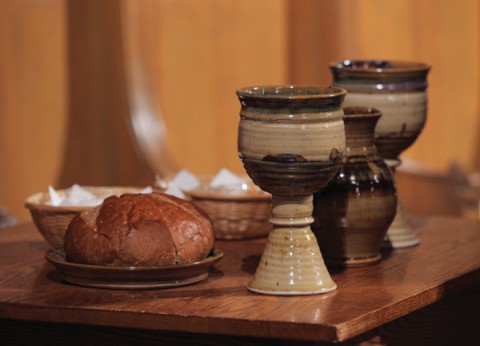Who is communion for? The debate over the open table

"This is the Lord’s Table. It is not Grace Church’s table. All are welcome to receive communion.”
It is not unusual to hear or read these or similar words—with the local parish or its denomination named—at a service of worship in which the Eucharist will be celebrated. Such an announcement reflects the practice commonly called “open communion.” To say that a church has an open communion policy has generally meant that persons who are not formally members of that church are nevertheless allowed or encouraged to share in the eucharistic meal.
Open communion in that sense is not universal, of course, and never has been. Some denominations as a matter of principle allow only their own members to commune and in practice take pains to ensure that the restriction is observed. But among churches of the Reformation, open communion has long been a custom widely accepted and fairly uncontroversial. Hence the invitation.




